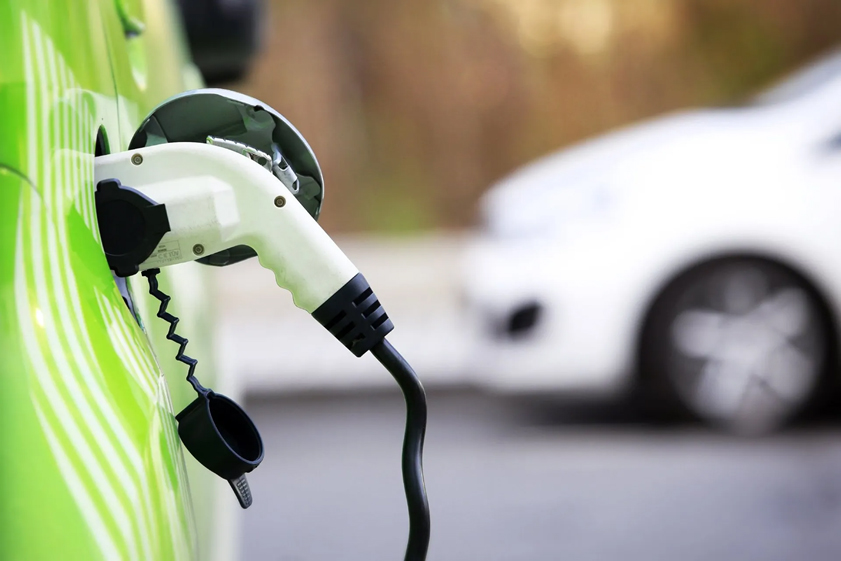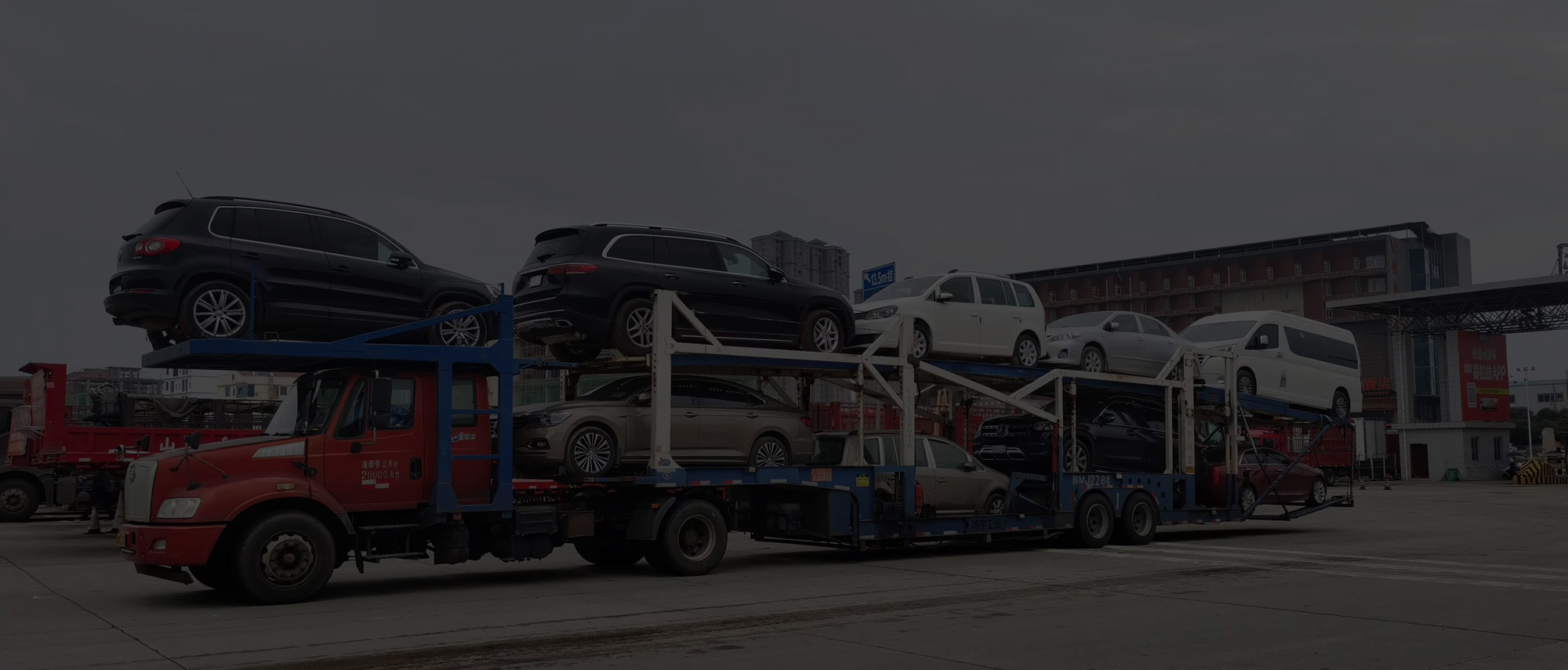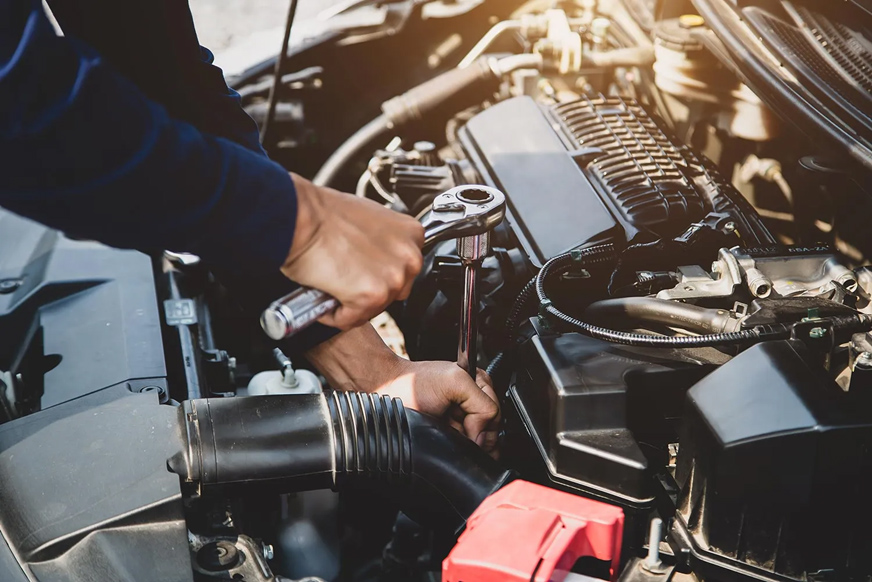Electric Vehicles
The electric vehicle market is undergoing a transformative shift, with projections indicating that more than one in five cars sold globally this year will be electric. This surge in demand is poised to revolutionize the automotive industry and substantially decrease oil consumption for road transport. The momentum is driven by significant investments in the EV supply chain, sustained policy support, and a notable decline in the prices of EVs and their batteries. Investment in the EV sector is robust, covering everything from manufacturing facilities to battery technology advancements.
Projections suggest even more profound changes in the coming years. By 2035, under current policy settings, every other car sold globally is expected to be electric. If countries meet their announced energy and climate pledges on time, this figure could rise to two in three cars. This rapid adoption of EVs across various vehicle types, from passenger cars to commercial trucks and buses, is set to dramatically reduce oil dependency. In fact, the widespread uptake of EVs could eliminate the need for approximately 12 million barrels of oil per day, equating to the current oil demand from road transport in China & Europe combined










